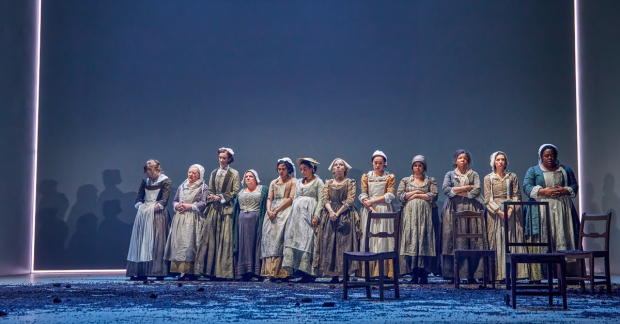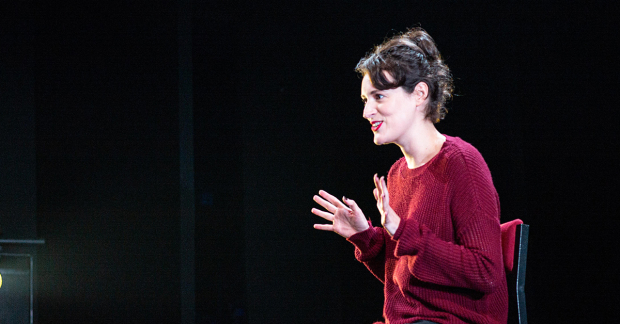Digitised theatre – is it an advancing phenomenon?
The digital theatre landscape will change vastly over the next decade

© Marc Brenner
It seems a very modern problem to worry about various streaming platforms and whether or not they cover enough of your favourite television programmes. Netflix has ruled the roost for years in this regard, with the likes of Amazon Prime now mounting a challenge to their supremacy and 2020 looking to be another year of jostling. Apple TV, Disney and Britbox among others are fighting for a share of TV screen time too. But where does digitised theatre stand amid such changes? Some of the streaming giants will pander to audiences by seeking film adaptations of plays, but dedicated theatre platforms and initiatives are already having an impact on the industry.

© Johan Persson
Digital Theatre is probably the closest thing to a "Theatre Netflix", self-anointed as the world's leading digital arts platform. The site allows customers to either rent filmed shows for £7.99 or pay a monthly subscription fee and stream unlimited productions. While the platform itself can be a little cumbersome to navigate, the choices on offer are superb – from Richard Armitage's powerful performance in The Crucible to a sign language production of Three Sisters filmed by Stage Russia, the service offers a range of fascinating international content.

© Brinkhoff Moegenburg
National Theatre Live is another major player, an initiative that for over a decade has broadcast performances to cinemas and arts centres around the world. Shows currently playing on their own stage and beyond are made available to audiences that were unable to watch the first time around – Lucy Kirkwood's newest play The Welkin for example is set to be broadcast from 21 May, and this week recently saw the live broadcast performance of James McAvoy in Jamie Lloyd's Cyrano de Bergerac in the West End.
NT Live is the preeminent name in terms of filmed drama but none of their content is available online, so in the future it would be naive to expect their dominance to remain unchallenged. Recently refurbished and reopened venues, such as the new Riverside Studios, are proof that others are beginning to latch onto the potential of digitising their archives either to display in a cinema or to make them available to stream online.

© Matt Humphreys
A big question going forward is whether or not these platforms will replace or simply complement the traditional theatre formats, as there are undoubtable benefits to filmed productions. Price is the obvious consideration, as well as availability – audiences discovered last September that purchasing tickets to an NT Live screening of Fleabag is far easier than securing seats for the real thing.
If content can be increasingly streamed at home, comfort and ease will also be factors, and this will be complicated further by the ongoing development of virtual reality technology. The advent of VR platforms, pioneered in the theatre world by LIVR, promise a "front row seat" to a show but without the annoyances of venue drink prices or someone sat behind you loudly eating crisps.
The migration of content from venue to the home is a process that will only increase in the next decade but an important distinction to be made is that a production's quality and success is what leads to filming interest, not the other way around. Digitised productions are a good secondary option but fundamentally not a replacement for the authentic experience. It would appear that, for the moment, our stages are safe.




















